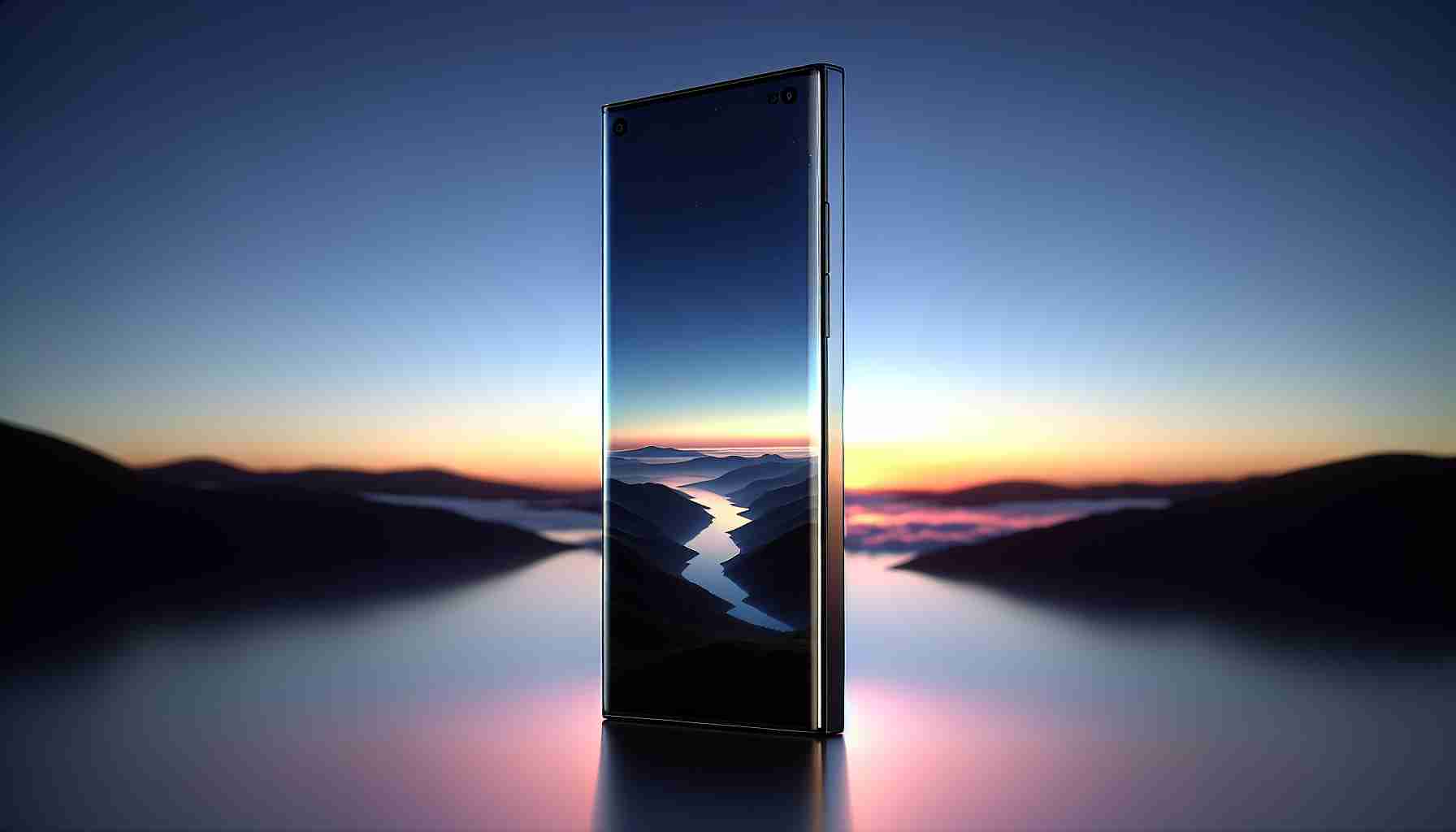The tech giant Apple is reportedly paving the way for a major redesign of the iPhone that is scheduled for release towards the end of 2025, a move that will coincide with the launch of the iPhone 17. According to a report by The Information magazine, the project, internally codenamed D23, aims to deliver a slimmer iPhone model compared to its predecessors.
The initiative reflects Apple’s continuous push to innovate, with an emphasis on aesthetics and portability. The redesigned iPhone is also predicted to come with a higher price tag, possibly exceeding the $1200 cost of the current iPhone Pro Max models.
Details gathered from a research paper by Jeff Pu, an analyst at Haitong International Securities, a Hong Kong-based investment firm, have sparked speculations about this ambitious project. The Information suggests that the upcoming standard iPhone may boast a screen size of 6.12 inches, while the Pro Max variants could feature larger 6.69-inch displays.
Moreover, a notable alteration in camera placement is anticipated, with the rear camera expected to be situated at the top center of the device instead of its traditional top-left positioning.
Most Important Questions and Answers
1. Q: What is the significance of the D23 codename for Apple’s iPhone redesign project?
A: The D23 codename is an internal designation for the major redesign of the iPhone anticipated for release in late 2025. It represents Apple’s strategic product planning and typically, such codenames are used by the company to refer to different stages of product development in secrecy.
2. Q: How will the upcoming iPhone redesign impact the smartphone market?
A: Apple’s iPhone redesigns often set trends in the smartphone industry, influencing design, features, and consumer expectations. A major redesign could prompt competitors to follow suit or innovate in response, thereby affecting the entire market dynamic.
3. Q: What can consumers expect in terms of new features with the iPhone 17?
A: While specifics are not provided, consumers can generally expect advancements in technology such as improved processors, better cameras, enhanced battery life, and potentially new materials or functionality that contribute to the sleek design.
Key Challenges or Controversies
1. High Price Point: With the expected higher price tag, one of the controversies revolves around affordability and whether the benefits of the redesigned iPhone will justify the cost.
2. Environmental Impact: Another challenge is the environmental concern associated with frequently updating electronic devices. Sleeker designs and frequent model updates may exacerbate electronic waste if not handled through proper recycling initiatives.
3. Design Balance: Achieving the balance between a sleek design and maintaining the durability and functionality of the device can be challenging. Consumer reactions to the design changes, especially the camera placement, will reflect how well Apple has navigated these design choices.
Advantages and Disadvantages
Advantages:
– Cutting-edge design could offer a more sophisticated and portable device.
– May include new technologies that improve user experience.
– Can maintain or enhance Apple’s brand image as a leader in innovation.
Disadvantages:
– The higher cost may alienate some consumers on a budget.
– Could potentially lead to increased electronic waste if the new design prompts more frequent upgrades.
– Design changes may not be universally well-received, and could impact the practical usability of the device.
Please note that since the article’s primary source is The Information magazine, you may wish to visit The Information for related articles on Apple’s product releases. For further information and updates on Apple’s products, you can access Apple’s official website. These links are provided with confidence in their validity.
The source of the article is from the blog queerfeed.com.br
